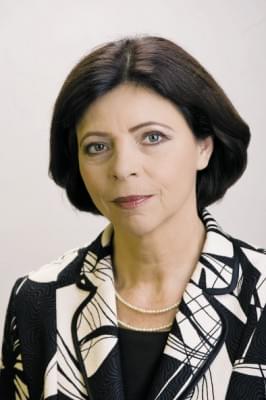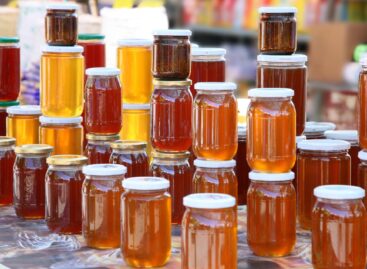Paper solutions dominate in the Hungarian packaging industry
In the last 10 years the world’s corrugated cardboard production increased by about 50 percent: in Asia by 134 percent and in Europe by 28 percent; in North America production decreased by 8 percent – we learned from Mária Sigray, the managing director of Rondo Kft. In 2011 there was a 5-percent growth from 2010, but the level of production in developed countries dropped. Rondo recently invested HUF 2 billion in production and storage facility expansion, showing partners and employees that it has long-term plans. György Kolozsvári, sales director of STI Petőfi Printing House Kft. told our magazine that strong market competition urges manufacturers to innovate.
He added that being part of an international group means his company has great experience as regards emerging trends and market conditions all over the world. Petőfi Printing House does not have less work than before but they do a lot to keep things this way – conducting surveys, constantly analysing demand and opportunities. Iván Katona, sales director of Sz.Variáns Packaging Technology Kft. is of the opinion that economic recession forces the market to lower packaging prices, but this can only be done to a certain level without making compromises in quality. Sz.Variáns uses all kinds of modern technology and its designers and modelling plotter facilitate to provide packaging development services to partners. The company is now capable of manufacturing packaging with FSC and PEFC certification. Sz.Variáns will participate at the Fachpack trade fair in Nürnberg from 25 until 27 September, with the goal of finding new international partners. Róbert Bárdi, sales director of Dunapack Kft.’s Budapest and Dunaújváros production plants told Trade magazin that designing a packaging requires knowing exactly its future use, because there are big differences between the prices of possible solutions. The company’s corrugated cardboard collective, transportation and offering packaging solutions are tailored to partners’ needs. Nearly 80 percent of their customers are from the FMCG sector. It is needless to say that market leading Dunapack uses the widest spectrum of packaging technology. The experts agreed that paper packaging has great potential because it is cheaper than ‘lasting’ solutions, and at the same time the material is recyclable – which is a key characteristic from an environmental perspective. Corrugated cardboard is also the number one choice based on hygienic and marketing considerations. Among Rondo’s partners we find leading FMCG companies and their partnership with IKEA goes back 15 years. This year the company managed to increase both production and sales. In the food sector it is of utmost importance that packaging and display materials do not contain unauthorised substances. STI Group’s measures guarantee that no ‘contamination’ occurs. Dunapack’s state-of-the-art software make it possible to create packaging solutions in cooperation with customers in a way that the most environmental packaging is selected, which at the same time protects the goods and increases sales. New regulations entailed great changes on the pallet market this year. The market of single-use pallets contracted because manufacturers have to impose an environmental protection product fee (HUF 20/kg) on every pallet. Ferenc Polgár, managing director of P&P Budafok Kft. told us that these changes have a negative effect on the pallet manufacturing sector. His view is that soon multi-use pallet prices will increase too. At the moment the best decision is applying used multi-use (typically grey EUR) pallets – from which there is not enough on the market. New EUR pallets cost more because of then environmental protection product fee. What is the market’s answer in this situation? Using a growing number of fake used EUR pallets.
Related news
Related news
KSH: industrial producer prices in November 2025 were on average 2.7 percent lower than a year earlier and 0.3 percent lower than the previous month’s prices
🎧 Hallgasd a cikket: Lejátszás Szünet Folytatás Leállítás Nyelv: Auto…
Read more >Employment at 4.5-year low
🎧 Hallgasd a cikket: Lejátszás Szünet Folytatás Leállítás Nyelv: Auto…
Read more >This is how we eat honey in 2026
🎧 Hallgasd a cikket: Lejátszás Szünet Folytatás Leállítás Nyelv: Auto…
Read more >





